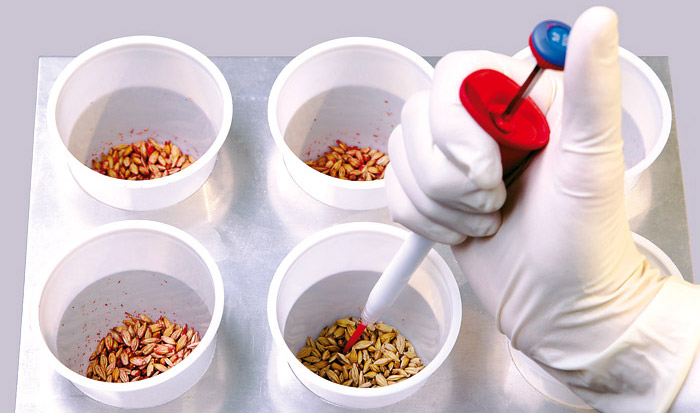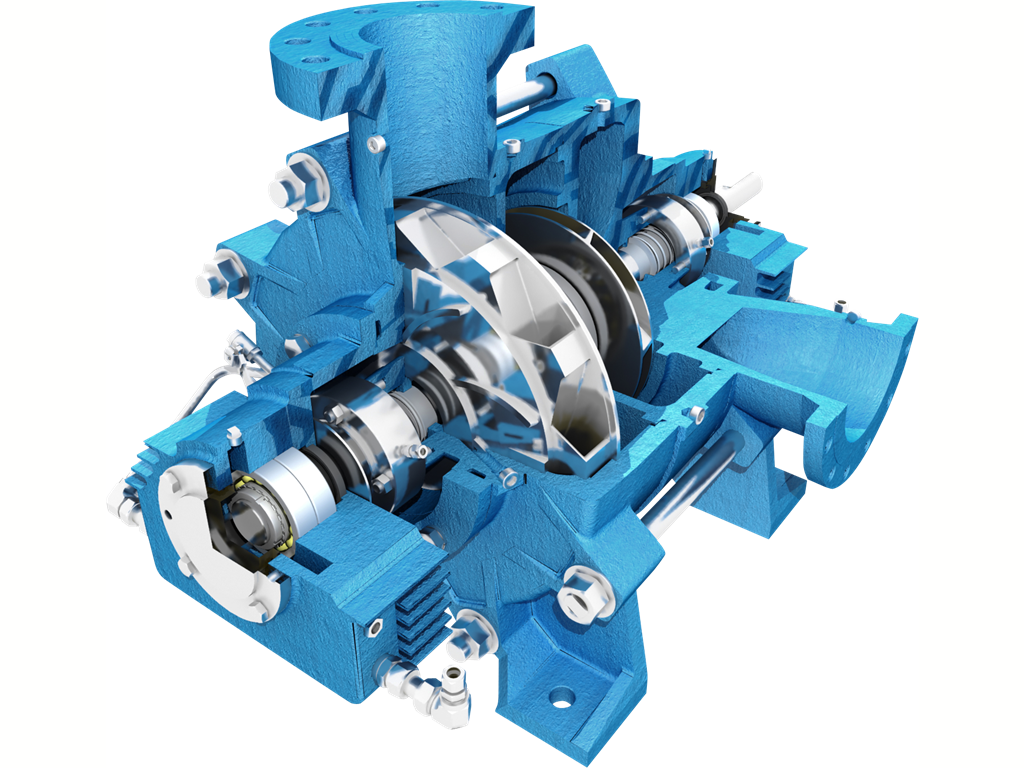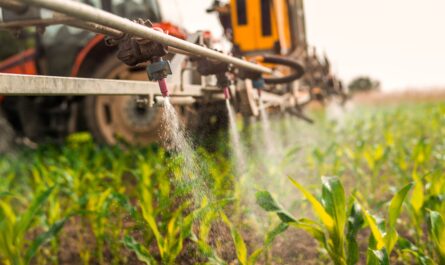Importance of Seed Treatment
Seed treatment has become an essential practice in modern agriculture to protect seeds and ensure better plant establishment. With increased pest pressure and changing climate conditions, protecting seeds through safe and effective treatment methods is more important than ever.
Protecting Seeds from Pests and Diseases
One of the primary purposes of seed treatment is to protect seeds and seedlings from common pests and diseases present in the soil. Various fungicides, insecticides and other active ingredients are applied as seed treatments to prevent seed rots, decays and infections from soil-borne pathogens. By protecting the seed, treatments help ensure uniform germination and establishment of crops. Some of the major pests and diseases effectively controlled through seed treatments include:
– Pythium and Rhizoctonia which cause seed rots and dampening off in several crops. Seed treatment fungicides such as metalaxyl and fluazinam provide significant protection against these pathogens.
– Wireworms, aposematic beetle larvae that feed on seeds and seedlings. Neonicotinoid insecticides in seed treatments are highly effective against wireworms.
– Aphids that transmit diseases like barley yellow dwarf virus. Neonicotinoids in some seed treatments control aphids in the initial growth stages.
Apart from controlling specific pests, seed treatments create a protective barrier around the seed to prevent infection overall and enhance seedling health. This early protection is critical for stand establishment and maximizing yield potential.
Enhanced Germination and Vigour
In addition to protecting seeds from pests and diseases, seed treatment ingredients can also improve germination and plant growth. Certain active ingredients have been shown to aid in quicker, more uniform germination and promote vigorous root and shoot development in seedlings. For example, formulated fungicides have plant health benefits that stimulate growth even in the absence of pests or pathogens. Some seed treatments may also contain plant growth promoting rhizobacteria to further enhance emergence and establishment of crops. The benefits conferred at the early growth stages set crops on a path towards better yield and productivity.
Improved Stress Tolerance
Seed Treatment and young seedlings are most vulnerable to environmental stresses like cold, heat and drought. Seed treatment helps instill resilience in crops to withstand challenging conditions. Products containing bioenhancers derived from seaweeds and amla have been found to induce stress tolerance in plants by priming their defense mechanisms. Similarly, certain fungicides in seed treatments act as biological response modifiers that bolster the plant’s innate immune system. The fortified defense systems allow crops to better withstand abiotic stresses and maintain productivity even under adverse field conditions.
Ensuring Responsible Application
While seed treatment delivers invaluable crop protection and production benefits, it is important seed treatment products are applied responsibly. Regulatory agencies worldwide have stringent guidelines to ensure seed treatments are formulated, handled and applied safely. Seed company research and development focuses on designing formulations with minimum active ingredient loading required for effective pest control. Precision application techniques strictly control dust generated during the treatment process. Post-application monitoring and risk mitigation measures are also in place to safeguard non-target habitats and environments. With progressive regulations and continued industry innovation, the crop protection afforded by seed treatments can be safely harnessed for sustainable, productive agriculture.
Maximizing Treatment Efficiency
Seed treatment technology continues to evolve with advancements that maximize the crop efficiency of applied actives. New formulated products deliver more uniform and intimate coating of seeds for better adhesion and rainfall-fastness of active ingredients in the field. Encapsulation of certain actives helps achieve controlled, extended release for prolonged protection. Combining multiple modes of action like fungicides, insecticides and biologicals provides more complete defense. Precision equipment applies exact dosage required for optimal performance. Complementary seed enhancement products containing biological and nutritional additives derive additional benefits from applied actives. With intelligent product design and application, seed treatments provide enhanced value from each active ingredient.
Role of Seed Treatment in Integrated Pest Management
While seed treatment plays a front-line role in crop protection, it is best implemented as part of an integrated pest management (IPM) strategy. Seed treatment establishes early protection, allowing crops time and resilience to face subsequent pest pressures. Scouting and surveillance aid timely introduction of other compatible IPM tactics as required. For instance, foliar fungicides can build upon the foundation laid by seed treatment as crops grow. Biological control agents and cultural practices further strengthen plant health. With judicious use of multiple complementary methods, seed treatment synergistically enhances overall IPM programs for optimal yields. It acts as the first line of defense within sustainable, economically-viable production systems.
With evolving pest threats and changing growing conditions, seed treatment has emerged as a vital crop management practice. By protecting seeds from soil-borne pests and diseases, seed treatments help ensure uniform stand establishment and optimize crop productivity potential. Advances in seed treatment technology and formulations now provide additive benefits including enhanced germination, vigour, stress tolerance and integration with IPM programs. When responsibly applied following regulatory guidelines, seed treatments represent a progressive, sustainable solution to pest control challenges facing modern agriculture. Complemented by crop surveillance and additional tactics, seed treatment solidifies the foundation for productive, profitable cropping systems worldwide.
*Note:
1. Source: Coherent Market Insights, Public sources, Desk research
2. We have leveraged AI tools to mine information and compile it




